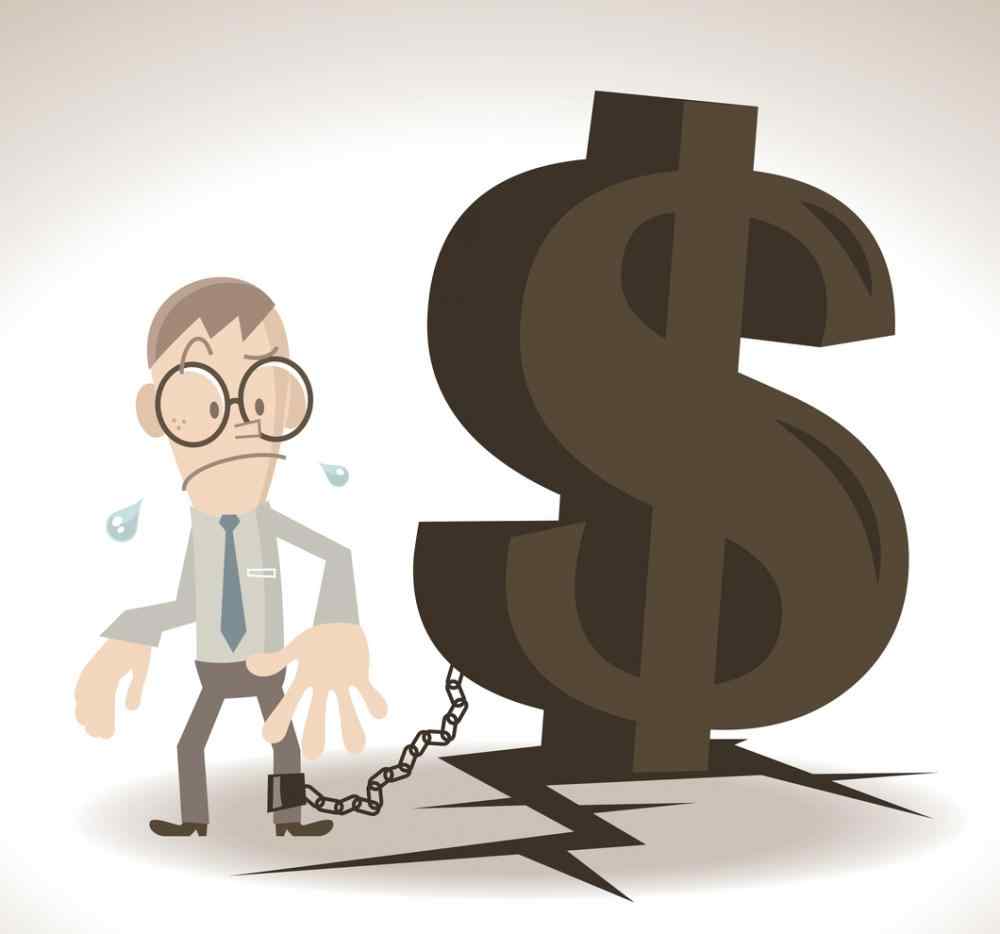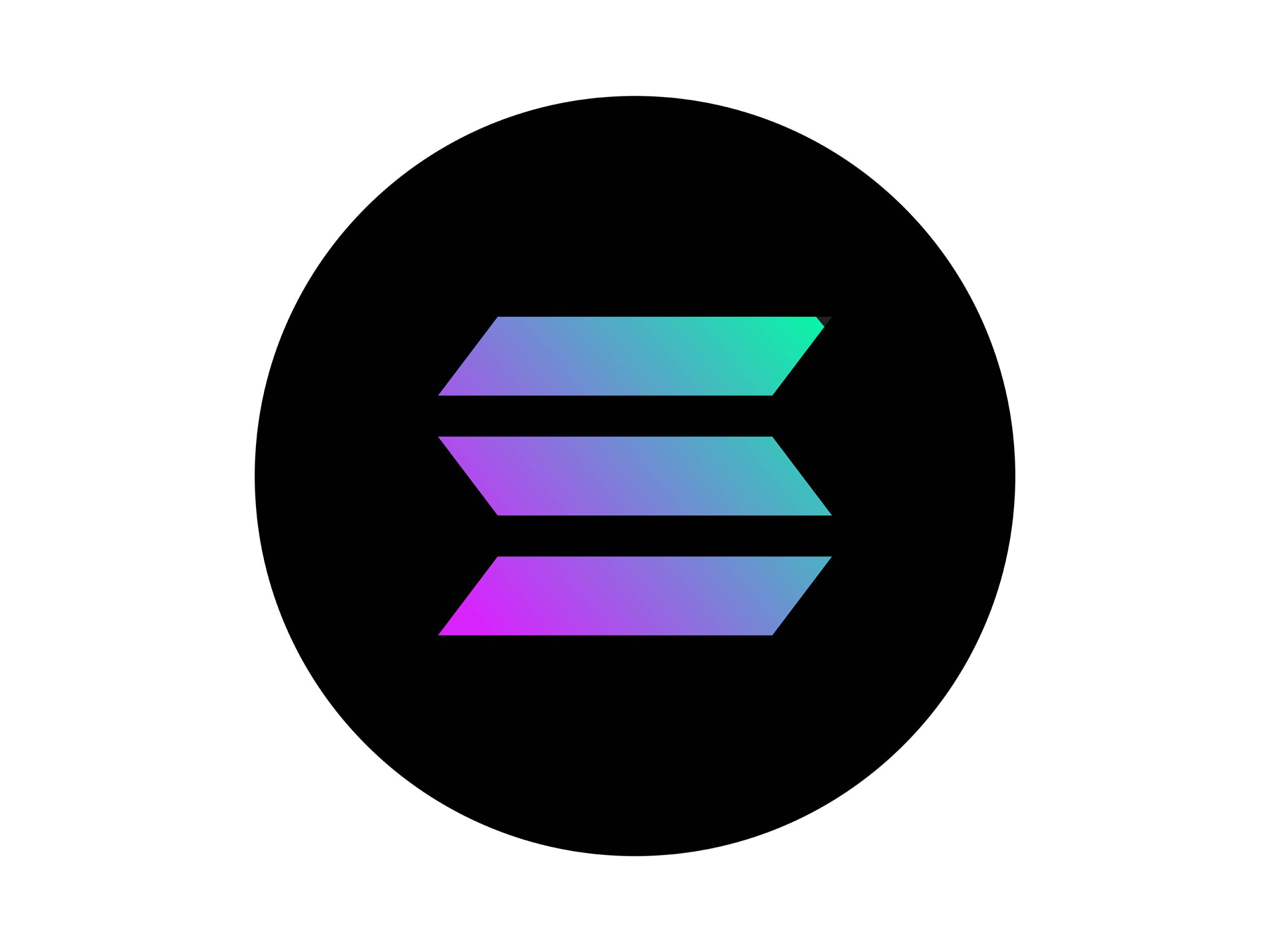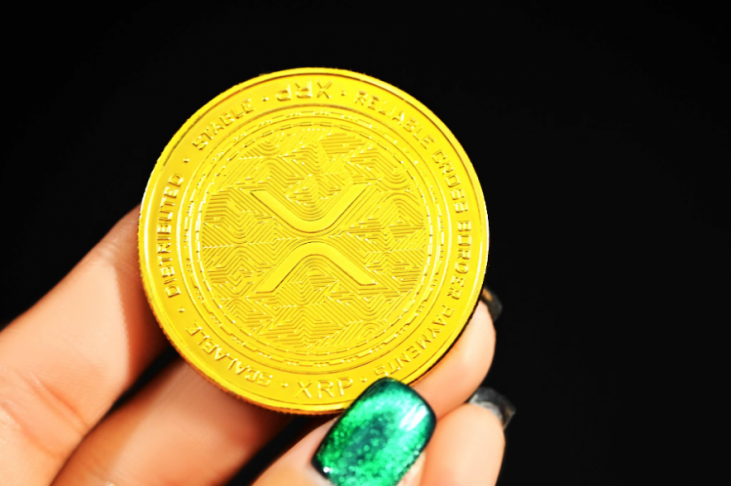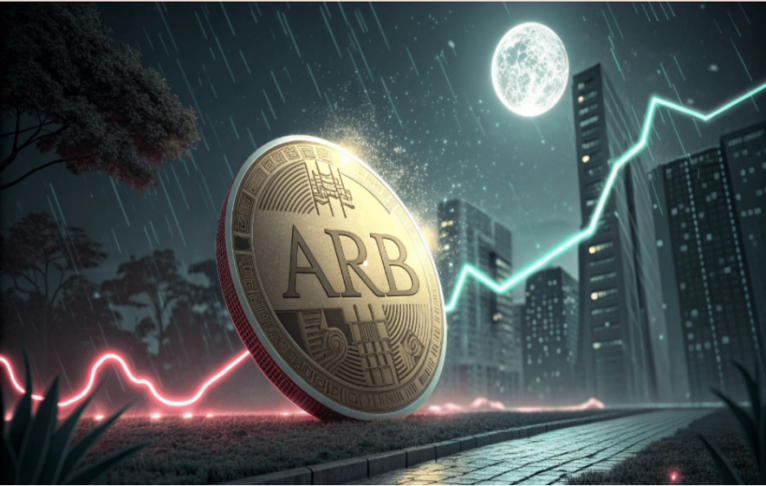Attachment Issues: Is There A Solution To The Tether Problem?
Mar 09, 2018, 7:08pm
With everything at stake, we set out to examine what Tether is, the issues facing Tether, and the potential solutions offered by TrueUSD coin.
What is Tether?
Tether (USDT) is a cryptocurrency designed to act as a stable coin. Each Tether is supposedly backed by USD 1, which allows each USDT token to represent USD 1 worth of value. This “pegging” allows Tether to be used as a stable haven during times of market uncertainty, and as a means of holding/trading USD balances within crypto-exchanges. By providing stability, Tether helps investors and exchanges avoid the difficulties of converting digital currencies into fiat currencies, with substantially shorter waiting times, lower fees, and very few regulations between the investor/exchange and a stable store of value. Simply put, Tether is a USD substitute built for use on cryptocurrency exchanges.
Tether’s Insolvency Issue
In theory, USDT should not have insolvency issues. A ‘bank run‘ would not affect a fully redeemable, asset-backed “stable coin.” Tether is claims to have an accessible US Dollar behind each unit of its coin so in the event all the account holders suddenly emptied their accounts, the funds should be available. Unfortunately, this may not be the case. Tether Ltd. continues to provide less than adequate proof of their reserve funds. Additionally, with the current fluctuating state of regulations surrounding crypto-to-fiat conversions, there is no guarantee that Tether will be allowed to legally hold a USD account for the purpose of backing/redeeming USDT tokens, even if they do prove to be solvent.
Tether’s FUD-fuel
The suspicions around Tether’s reserves are not unfounded. Beginning in September 2017, a chain of events started to fuel heavy speculation and FUD regarding Tether’s integrity and their questionable connection to the Bitfinex Exchange:
- September 2017: Tether undergoes a preliminary audit by accounting firm Friedman LLP (FLLP). FLLP publishes a subsequent report stating that Tether does have ~ USD 442.9 million, enough to back every Tether in circulation at the time. The report also somewhat ambiguously claimed, “FLLP did not evaluate the terms of the above bank accounts and makes no representations about the Client’s ability to access funds from the accounts or whether the funds are committed for purposes other than Tether token redemption.”
- November 2017: The release of the Paradise Papers indicates that both Tether and Bitfinex are run by Philip Potter and Giancarlo Devasini, raising suspicion that Bitfinex is printing unbacked Tether to inflate the price of Bitcoin artificially.
- November 2017: Tether is hit by 31-million-dollar hack, a “hard-fork” of the Bitcoin OmniLayer results.
- January 2018: Tether announces it will be dissolving its relationship with accounting firm FLLP without completing an audit, raising concerns about Tether’s actual USD reserve balances
- January 2018: News of Tether and Bitfinex receiving subpoenas from The U.S. Commodity Futures Trading Commission (CFTC) sparks further speculation that Bitfinex is backing Tether with cryptocurrency, sending Bitcoin prices plummeting.
- February 2018: Weiss Ratings, a well-established investment research firm issues a warning against trading in Tether or associating with USDT based exchanges.
Tether has maintained throughout this chain of negative press that it has the funds to back its USDT tokens, calling opposing accusations “uninformed and baseless.” With an extensive list of reasons to doubt Tether’s claims and very little transparency provided by either Bitfinex or Tether, many crypto-investors find it hard to take their reassurances at face value.
What’s the Worst That Could Happen?
Two prominent scenarios could result in USDT losing its USD 1 per token valuation:
- Whether through a third-party audit or through a FUD-fueled bank run on USDT, the market could discover that USDT is not backed by a substantial reserve.
- Tether could have the money to back up their token, but regulators could deem the funds inaccessible for the purpose of redeeming UDST.
The result of both scenarios would essentially have the same effect on the market. USDT could become un-pegged from the USD, and the market would then decide the value of the token. Tether provides a lot of liquidity to the market, and if this liquidity is compromised, market-wide prices could become highly unstable.
TrueUSD: A Possible Solution
Stable coins are not a bad idea. With the growth in the crypto-market, investors and exchanges need a reliable, stable and tangible store of value.
TrueUSD, a new stable coin that is “100% collateralized by USD in legally protected escrow accounts, with multiple bank partners so that you can trade, send, and receive payments with peace of mind” may provide a solution to the Tether issue. Rather than hinging on hidden reserve balances and ambiguous contractual terms, TrueUSD uses Ethereum’s smart contracts to create a pool of “…multiple escrow accounts to reduce counterparty risk, and to provide token-holders with legal rights to the funds.” The team behind the project consists of members from Stanford, UC Berkeley, Palantir, and Google, lending credibility to its claims. TrueUSD is part of the ambitious TrustToken project, that aims to provide “the bridge between Blockchains and the $256 trillion worth of real-world assets”.
With Tether exemplifying everything that can go wrong with a centralized issuer-backed token, TrustToken has stepped-up with an interesting solution. This sort of innovation indicates that the crypto-sphere can withstand the problems that Tether poses, and that Blockchain technology can potentially solve its own problems, without the need for external legal frameworks. Will using smart contracts to create multiple escrow accounts work to reduce counterparty risk? If the answer is yes, we could be on the cusp of a new revelation in the world of asset-tokenization, and at the beginning of a truly financially stable application of Blockchain technology.





